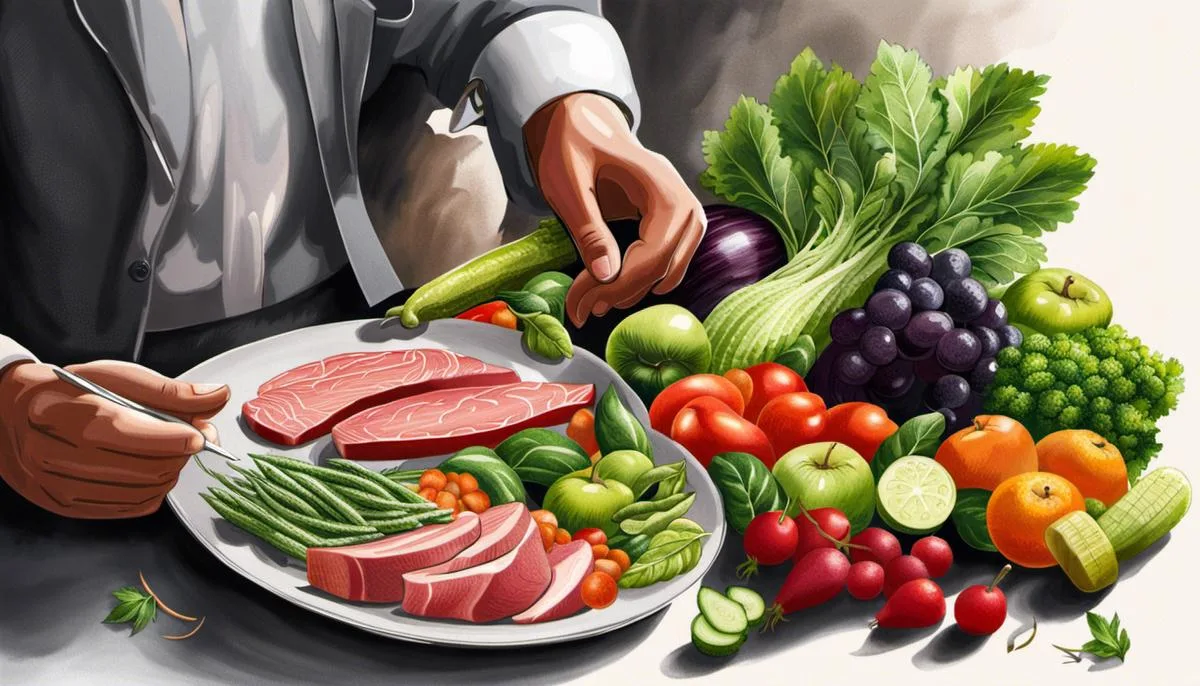The quest for effective weight loss strategies has led many individuals to the doors of the primitive dietary alignment known as the Paleo diet. This modern nutritional approach, built on the foundation of ancestral eating habits, espouses the belief that reverting to the dietary practices of our Paleolithic ancestors can trigger significant weight loss and enhance overall health.
This perspective offers a profound understanding of the Paleo diet’s philosophy, how it can be instrumental in effectively shedding excess weight, and operational advice for adopting this lifestyle transition. Throughout this exploration, we’ll delve into the historical relevance of the Paleo diet, analyzing its core principles, the kinds of foods that it advocates, and its physiological implications.
More so, we will guide you on devising a tailored Paleo diet plan, troubleshooting potential problems along the way, closed out by inspiring success stories that provide a glimpse into the transformative potential of this diet.
Understanding the Paleo Diet
Understanding the Paleo Diet
The Paleo diet, often referred to as the ‘caveman’ diet, is a method of eating that mirrors the dietary habits of our pre-agricultural, hunter-gatherer ancestors. The ideology behind this diet is based on the premise that modern farming and agricultural practices have outpaced our bodies’ ability to adapt, leading to a rise in so-called “diseases of civilization,” such as obesity, heart disease, and diabetes.
Proponents of the Paleo diet argue that we should revert to eating like our ancestors did during the Paleolithic era, which spanned from about 2.6 million years ago to roughly 10,000 years ago.
Key Tenets of the Paleo Diet
The Paleo diet primarily focuses on whole, unprocessed foods. This means that grains, legumes, refined sugars, dairy products, and most types of processed foods are typically excluded from the diet. Instead, the emphasis is on lean meats, fish, fruits, vegetables, nuts, and seeds. Some Paleo followers also opt to include healthy fats such as avocados, olive oil, and coconut oil in their diet.
Paleo Diet and Weight Loss
Besides its historical context, one of the main reasons many people choose to adopt the Paleo diet is for weight loss. By eliminating heavily processed foods and focusing on healthy whole foods, the diet can effectively help dieters reduce their calorie consumption.
Additionally, the diet’s high protein content helps to promote satiety, which can, in turn, reduce overall calorie intake. The Paleo diet’s focus on lean meats, fish, and plant-based foods is naturally lower in fat and calories while offering higher fiber content, contributing to feelings of fullness.
Food Groups Central to the Paleo Diet
Central to the Paleo diet are lean proteins, fruits, vegetables, and healthy fats. Lean proteins such as chicken, turkey, fish, and lean cuts of red meat are the cornerstone of most meals. These proteins provide essential amino acids, promote satiety, and help build lean muscle mass.
Fruits and vegetables provide essential vitamins, minerals, and fiber. They are encouraged in abundance, with a focus on a variety of colors and types to get a wide range of nutrients.
Nuts and seeds provide healthy fats and are often used as snack foods in moderation on the Paleo diet. Almonds, walnuts, sunflower seeds, and pumpkin seeds are all part of a well-balanced Paleo diet.
Healthy fats, from sources like avocados, olive oil, and coconut oil, are also key to the Paleo diet. These fats provide steady energy, satisfy hunger, and contribute to overall health.
Adapting the Paleo Diet to Your Needs
The Paleo diet offers flexibility in its applications; it is not a one-size-fits-all weight loss solution. This dietary approach allows for customization based on individual dietary needs and tolerances. Some might opt to infuse certain elements like dairy or grains into their personal Paleo diet, while others may strictly adhere to the practices of ancient hunter-gatherers, completely excluding non-Paleolithic foods.
Grasping a comprehensive understanding of the principles underlying the Paleo diet is key to making educated choices on how to best implement it into your lifestyle, be it for weight loss or general health enhancement.
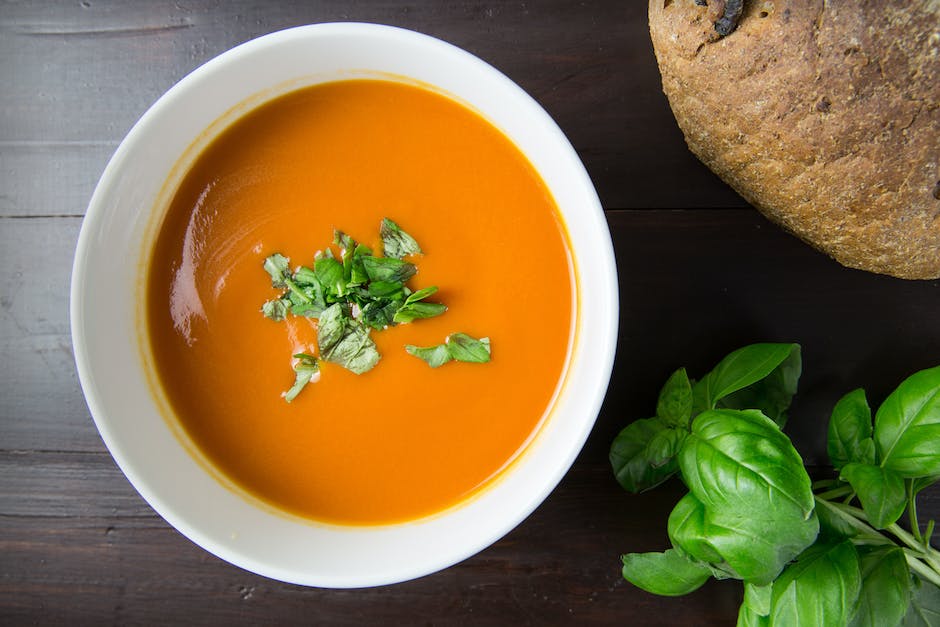
The Benefits of Paleo Diet for Weight Loss
Getting to Know the Paleo Diet
Rooted in the dietary practices of our hunter-gatherer ancestors, the Paleo diet—also referred to as the Paleolithic diet—advocates for a return to pre-agricultural eating habits. The diet emphasizes the consumption of fruits, vegetables, lean meats, fish, nuts, and seeds, while steering clear of dairy products, legumes, and grains which were integrated into human diets following the inception of farming around 10,000 years ago.
The Paleo Diet and Metabolism
One way the Paleo diet aids in weight loss is by optimizing metabolism. Metabolism refers to how our bodies convert the food we eat into energy. Protein-rich food, a consistent part of the Paleo diet, increases metabolic rates due to its high thermic effect, causing the body to burn more calories.
Paleo Diet and Glucose Level
The Paleo diet reduces glucose levels by limiting the intake of high-glycemic index foods. Empty carbohydrates, like those found in processed foods and dessert items, tend to spike blood sugar levels, leading to increased hunger and consequently, overeating. By reducing the consumption of these types of food, the paleo diet helps maintain stable glucose levels, reducing food cravings and aiding weight loss.
Hormone Regulation by Paleo Diet
The Paleo diet aids in balancing hormones by providing the body with high levels of essential nutrients and lowering inflammation. Insulin, a vital hormone that regulates glucose level, functions better with a diet that is higher in protein and lower in carbohydrates – a primary characteristic of the Paleo diet. It also promotes a balanced level of leptin, a hormone that signals the body when it has had enough to eat.
Scientific and Clinical Studies Data
According to a study published in the Journal of Diabetes Science and Technology, people following the Paleo diet for three months reported significantly higher weight loss compared to those on a traditional low-fat diet. Additionally, a review of randomized controlled trials published in the American Journal of Clinical Nutrition found that individuals on the Paleo diet lost more weight and inches from their waist than those on a typical low-fat diet.
Effectiveness of the Paleo diet in Weight Loss
The Paleo diet aids weight loss in several ways. Its focus on lean proteins results in feeling full for longer periods, reducing the urge to snack frequently. Additionally, by avoiding processed foods and high sugar content, it helps maintain stable blood sugar levels, which can help reduce overeating. Coupling these dietary changes with a regular exercise routine can further enhance the weight loss effects of the Paleo diet.
When adopting a new dietary approach like the Paleo diet, understanding the principles of metabolism, glucose levels, and hormone regulation is key to unlocking its potential for weight loss. It’s imperative to note that individual outcomes can vary drastically due to factors such as body type and lifestyle patterns. Therefore, before embarking on a new diet plan, always engage with a healthcare professional or dietitian to ensure that it caters to your unique health requirements and objectives.

Planning a Paleo Diet Plan for Weight Loss
Formulating a Weight Loss Strategy with the Paleo Diet
Diving headfirst into a Paleo diet can pivotally influence your weight loss journey. Rooted in whole foods, the Paleo menu encourages the consumption of lean proteins, a variety of fruits and veggies, seeds, nuts, and beneficial fats. It also recommends a restriction on grains, dairy, sugar, processed items, and refined vegetable oils. A well-crafted Paleo diet has the dual advantage of stimulating weight loss and fortifying overall wellbeing.
Proper Portioning in Paleo Diet
Correct portion control is critical in a Paleo diet weight loss plan. Despite the Paleo diet generally not requiring calorie counting, it still requires a balance of nutrients. The plate should be half-filled with non-starchy vegetables, one-quarter with lean protein, and one-quarter with whole food carbs, complemented with a bit of healthy fat.
For instance, if you are having chicken breast with a side of vegetables and sweet potatoes, ensure you eat a palm-size portion of the chicken, a fist of sweet potatoes, and fill the rest of your plate with vegetables.
Tips on Grocery Shopping for Paleo Diet
When shopping for the Paleo diet, prioritize fresh, organic, and local food products to ensure you’re getting high-quality, nutrient-dense items. The outer sections of the grocery store typically contain the most Paleo-friendly items like the produce section and the butcher’s area.
Stock up on grass-fed and pasture-raised meats for your protein needs, wild-caught fish, organic fruits and vegetables, nuts and seeds, and healthy fats like avocados and olive oil. Avoid items found in the center aisles of grocery stores as they often contain processed foods.
Alternatives to Non-Paleo Foods
With the Paleo diet, many modern foods are off-limits, but there are plenty of Paleo-friendly substitutes. Almond flour or coconut flour can replace wheat flour for baking needs. Almond milk or coconut milk is a good dairy substitute. You can use coconut sugar or honey as an alternative for refined sugar. Soy sauce can be replaced with coconut aminos. As you navigate through the Paleo diet, you will discover more alternatives that will not break your regimen.
Marrying the Paleo Diet with Regular Physical Activity
To truly capitalize on the benefits of the Paleo diet, one cannot disregard the significance of regular exercise. Physical activity, when synchronized with a well-structured Paleo meal plan, can amplify the positive impacts of the diet, aiding in more effective weight loss. Thus, harmonizing a mineral-rich, Paleo-centric diet with consistent physical activity provides the best pathway to meeting your weight reduction objectives.
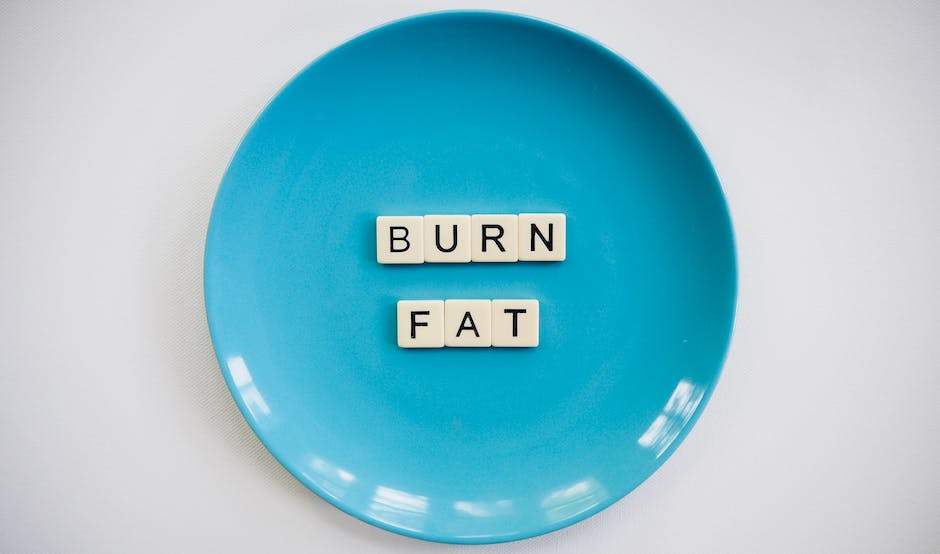
Troubleshooting Common Problems
Grasping the Link between Paleo Diet and Weight Loss
Centred around the dietary habits of our Paleolithic era ancestors, the Paleo diet mainly includes lean meats, fish, vegetables, fruits, and nuts, steering clear of processed, sugary, dairy, or grain-filled foods. This diet aims not only to facilitate weight loss but also to promote overall health by excluding the intake of foods considered detrimental by contemporary nutritional science.
Common Problems in Transitioning to a Paleo Diet
Transitioning to a Paleo diet can introduce a few challenges, especially for those accustomed to a modern diet rich in grains, sugars, and processed foods. Experiencing withdrawal symptoms from lack of sugar and caffeine is a common early issue. Brief periods of tiredness, irritability, and cravings are common.
Additionally, lack of variety and versatility in meal choices is a common complaint, as many find the Paleo diet restrictive. Lack of immediate weight loss can cause frustration and demotivation as the body takes time to adapt to the dietary changes.
To overcome these issues, it is important to gradually transition into the Paleo diet. Start by eliminating one food item at a time and gradually introducing Paleo-approved replacements. In order to combat tiredness, ensure to incorporate a sufficient amount of lean protein and healthy fats in the diet.
Keeping Weight Loss Sustainable with the Paleo Diet
As with any diet, the key to weight loss and maintenance is sustainability. With the Paleo diet, it is crucial to remember that balance is key. Including a variety of lean meats, fruits, and vegetables in your meal plan can help you stay satiated and provide necessary nutrients.
Strive to incorporate regular exercise along with the Paleo diet to enhance weight loss and overall health. While the Paleo diet largely focuses on nutrition, physical activity levels also play a pivotal role in weight loss and maintenance.
Mitigating Issues During the Paleo Diet Phase
While on the Paleo diet, one may face difficulties like micronutrient deficiencies due to the exclusion of dairy and grains. Regularly consuming a rich variety of fruits, vegetables, and lean meats can mitigate this issue.
The Paleo diet requires meal planning and preparation as most processed and quick-cooking ingredients are eliminated. This may be difficult for people with busy schedules. Batch cooking, meal prepping, and using simple recipes can help stay on track.
Respecting own personal limitations, tolerances, and preferences is vital. For those striking out certain food groups entirely feels too restrictive, going Paleo can be adapted to include some non-Paleo food items that are healthy and enjoyable.
Overcoming the Obstacles of Paleo Weight Loss
The journey to successful weight loss while on the Paleo diet can often encounter a few bumps along the road. It’s important to remember that the body tends to adjust to any dietary change, so initial weight loss can sometimes be misleading. In fact, your initial losses are likely to be water weight.
If you hit a plateau and notice that the scale isn’t moving, don’t be disheartened. Weight isn’t the only indicator of progress. Non-scale victories such as feeling more energetic, clothes fitting better, improved mood and overall improvement in health are all worth celebrating. It’s crucial to continuously reassess your diet and exercise plan to ensure you achieve your long-term goals.
Understanding these obstacles and how to overcome them is key to making a successful and smooth transition to the Paleo lifestyle. The path to sustained weight loss may not always be straightforward, but with some determination, adaptability, and the right strategy, the Paleo diet can provide the key to not just weight loss, but a healthier, less sedentary lifestyle.
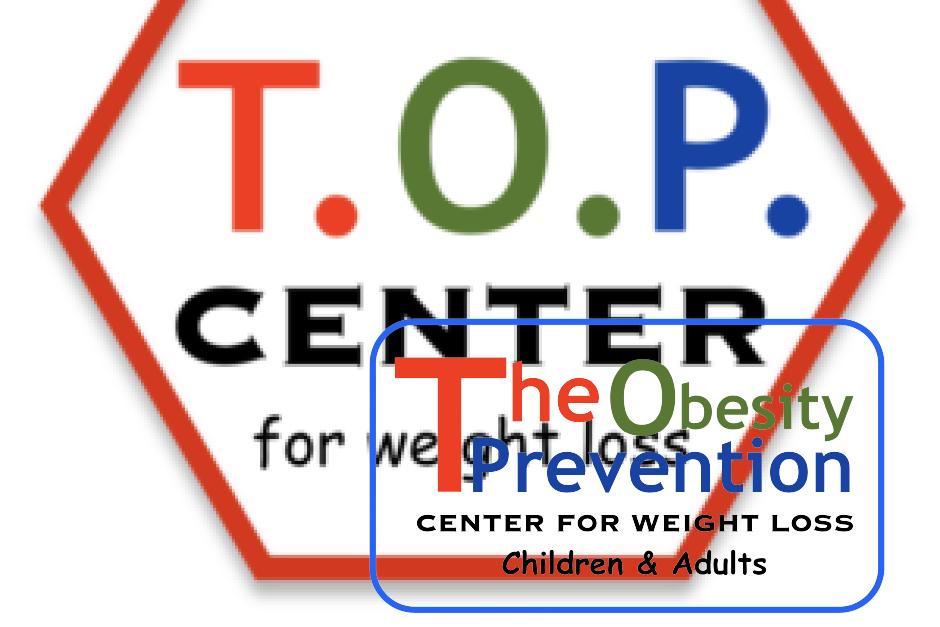
Success Stories and Case Studies
From the Couch to Paleo: John’s Weight Loss Journey
Meet John; A 45-year-old software engineer who decided to take control of his health. At 250 pounds, John’s sedentary lifestyle was severely impacting his health. He decided to embrace the Paleo diet as the first step towards a healthier him. Into his daily meal plans went an abundance of vegetables, lean meats such as chicken, healthy fats like avocados, and seeds and nuts for his occasional snack cravings.
John’s main stumbling block lay in readjusting his taste buds’ fondness for pastas and breads, which the Paleo diet doesn’t endorse. He found creative ways around this by swapping his beloved grains for Paleo-friendly substitutes like cauliflower rice and almond flour bread.
Six months into living the Paleo lifestyle, John was amazed to realize he had shed an impressive 60 pounds. It wasn’t just the change in diet that made the difference; regular physical activity played a pivotal role as well. John is living proof that a committed approach to Paleo not just aids weight loss, but also contributes to an overall healthier lifestyle.
Success Story 2: Emily’s Journey
Emily, a mother of three, struggled with her post-pregnancy weight. She decided to follow the paleo diet as a way to lose weight and improve her health. Her meals mostly consisted of protein-rich eggs, grass-fed beef, leafy greens, and healthy fats like olives.
The greatest challenge for Emily was resisting sugar cravings. She overcame her sweet tooth by including fruits and paleo-friendly desserts in her diet plan.
Following the paleo diet paid off for Emily as she lost 45 pounds in 8 months. Emily felt more energy and better overall health, crediting the paleo diet for her transformation.
Success Story 3: Greg’s Weight Loss Success
Greg, a 50-year-old executive, managed to lose 30 pounds by following the paleo diet. His diet mainly consisted of fruits, vegetables, lean meats, and seafood. Greg loved the simplicity of the diet and how easy it was to follow.
His main challenge was getting accustomed to cooking his meals, as he previously relied heavily on takeout food. To overcome this, Greg experimented with different paleo-friendly recipes until he had built up a repertoire of go-to dishes.
From the paleo diet, not only did Greg lose weight, but his blood pressure also came down, and he felt healthier overall. Greg’s weight loss showcases the potentially transformative power of the paleo lifestyle.
Each of these stories demonstrates how the paleo diet, combined with a commitment to healthier lifestyle choices like regular exercise and adequate rest, can lead to significant weight loss. While the challenges are different for everyone, the paleo diet offers a foundation for a healthier future.
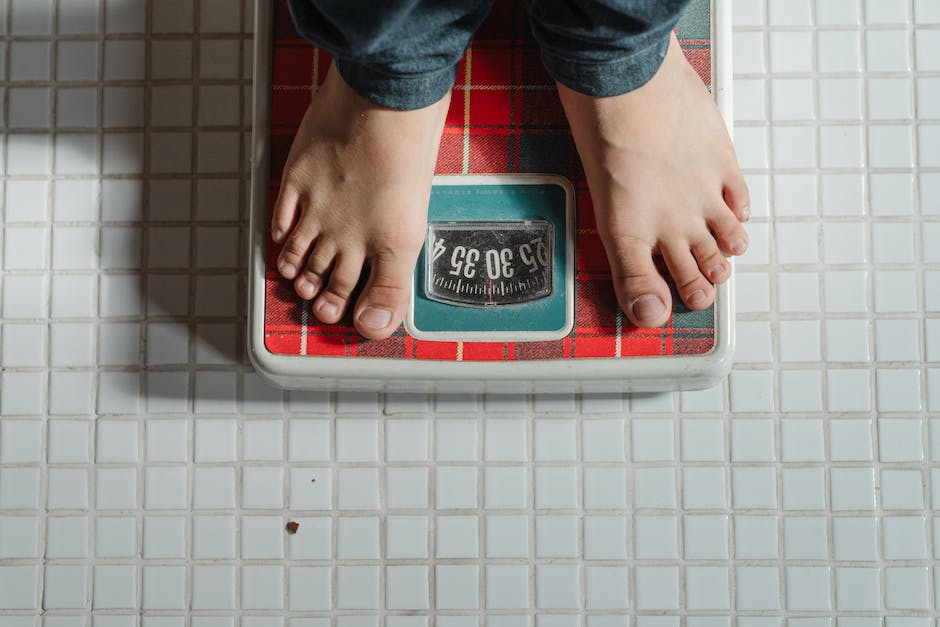
Embarking on the Paleo diet journey, it is evident that effective weight management is not merely a struggle with the scale, but a holistic process that demands a consistent approach, steadfast commitment, and practical knowledge. Through its biological rationale, careful meal planning, and active problem-solving, the Paleo diet serves as an efficient partner in overcoming the weight loss hurdle.
Previous case studies and success stories provide tangible proof of this diet’s potential, delivering on its promise of weight loss, while simultaneously improving overall health. It is our hope that this comprehensive exploration has equipped you with the necessary understanding of the Paleo diet for weight loss, and instilled confidence in your ability to navigate its implementation successfully. Remember, every journey starts with a single step; your pathway to a healthier, leaner self might just be one Paleo meal away.
Thank you for reading this post, don't forget to subscribe to our free newsletter
!
